U.S. July 11 (V7N) — As Major League Soccer (MLS) celebrates its 30th anniversary, the league reflects a complex but transformative journey marked by experimentation, adaptation, and incremental success. Launched in 1996 with just 10 teams and unconventional features like tie-breaking 35-yard shootouts, the league now boasts 30 franchises, most of which play in soccer-specific stadiums, aligning themselves with international football norms.
In its infancy, MLS bore the hallmarks of an Americanized take on soccer, with team names and rules that drew mixed reactions from traditional football audiences. Over time, the league recalibrated, moving closer to the global model both in presentation and structure. The shift toward European-style branding, matchday atmosphere, and investment in club infrastructure underscores the league’s ambition to be seen as a serious player in the global game.
One of MLS’s most substantial areas of progress has been its overall standard of play. While marquee signings have long been part of the league’s strategy — attracting globally recognized names from David Beckham to Lionel Messi — the most notable improvement lies in the quality of the average player. The modern MLS squad is far deeper and more technically skilled than in earlier eras, reflecting better scouting, youth development, and international recruitment.
This improvement in player depth has enhanced competition and made for a more entertaining and technically sound league. The rank-and-file players of MLS today possess significantly more tactical awareness and physical preparedness than their predecessors, a testament to the league’s evolving professionalism.
Today, MLS is primarily accessible via a digital subscription service, Apple TV’s MLS Season Pass — a striking contrast to its early years, which predate widespread home internet access. This digital-first approach marks a bold and necessary step in catering to younger, tech-savvy audiences and adapting to changing media consumption habits.
As MLS enters its fourth decade, the challenge lies not only in continuing to improve its footballing product but also in solidifying its identity — balancing its American roots with international expectations, and further embedding itself into the mainstream sports culture of North America.
What started as a risky experiment in a sports-saturated market has grown into a stable, evolving entity. The journey has been far from smooth, but the league’s commitment to long-term growth and adaptation signals a promising, if still developing, future.
END/SD/SMA/




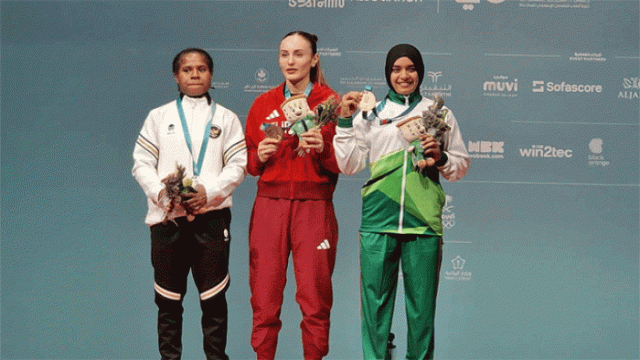

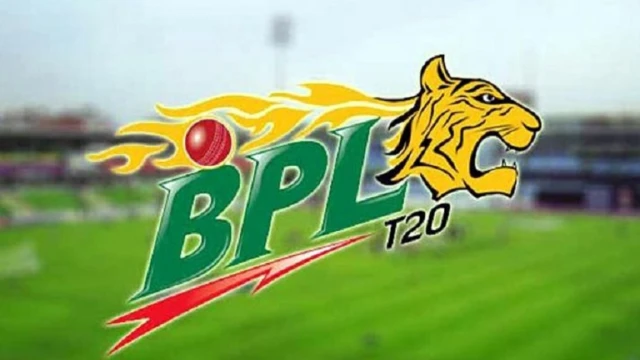
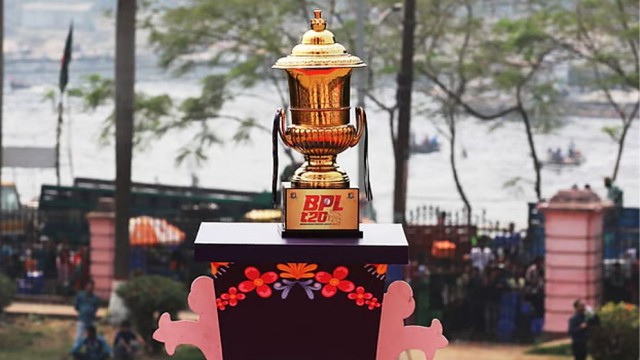
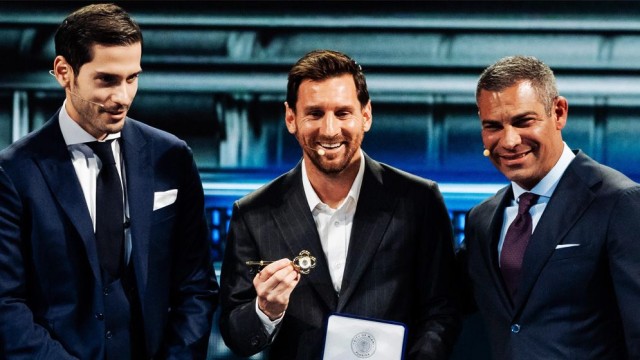
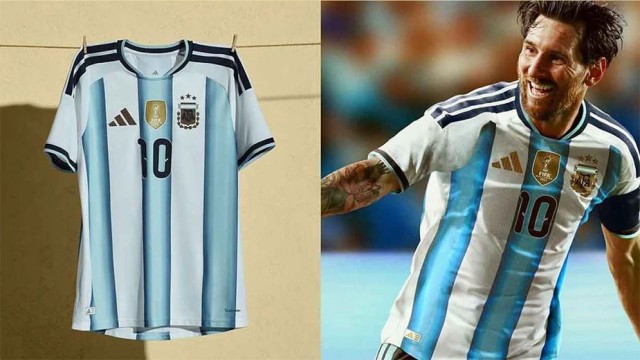




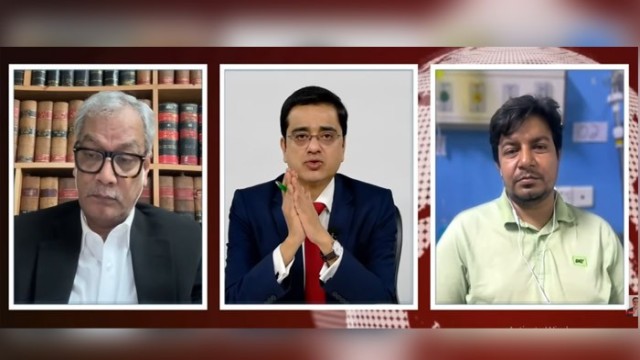







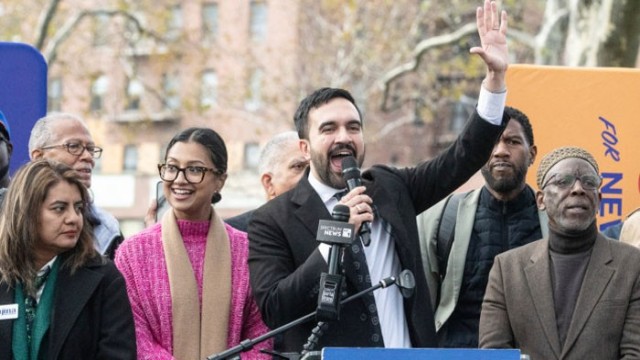





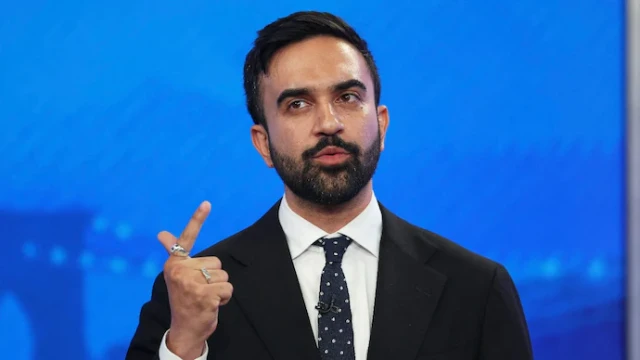
Comment: